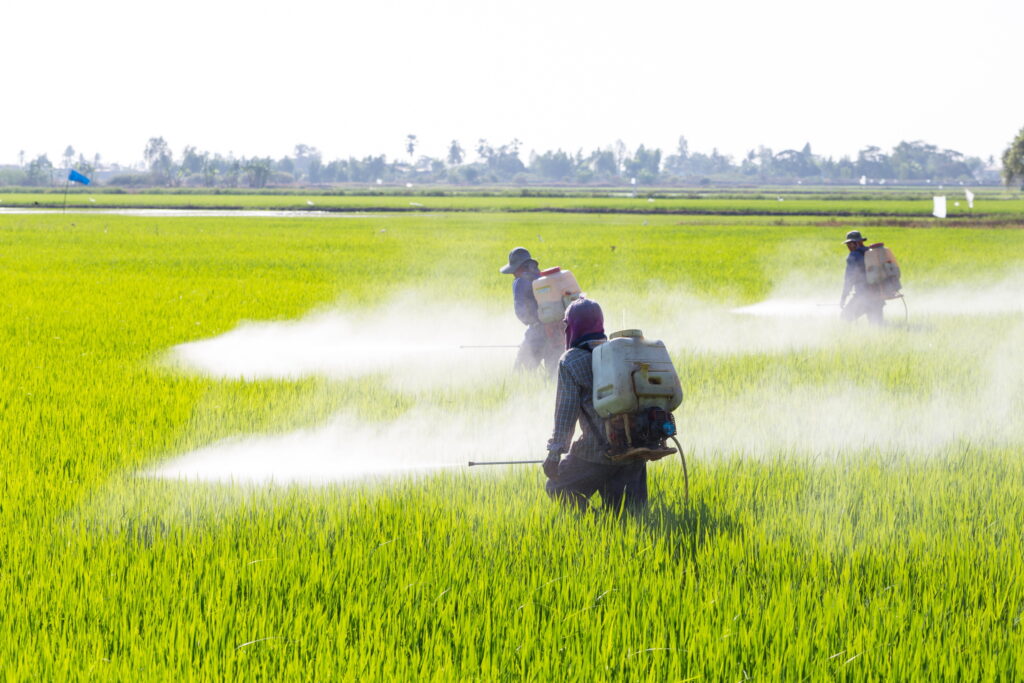
Rejected a ban on the toxic crop-pesticide chlorpyrifos – exposure to which increases the risk of developing learning disabilities and can delay and reduce IQ’s.
Particularly harmful to children, the crop pesticide has been banned in many other countries. Recognizing the public health threat, the Obama administration formulating a rule to ban its use in the United States as well.
Then-EPA administrator Scott Pruitt however, after meetings with Dow Chemical Company executives (a leading producer of chlorpyrifos, and whose CEO is a major donor to the Trump campaign), announced they would reverse the ban in an effort to keep a known toxin on the market.
Trump provided no rational for what appeared to be a blatant move to pad the profits of the world’s largest chemical company to the detriment of the health and well-being of consumers and workers.
Status
July 24th, 2019 BAN REJECTED
Chlorpyrifos Pesticide Use | Harvard Regulatory Rollback Tracker
Notables
- Using the administrations newly created anti-science ‘Science Transparency Rule’ Trumps EPA issued new assessments on the pesticide now claiming it could not use the previously known research showing the pesticides harmful effects on children because the data had not been made publicly available – an intended consequence of the so-called Science Transparency Rule.
E.P.A. Rejects Its Own Findings That a Pesticide Harms Children’s Brains | New York Times (9.23.20)
- The European Food Safety Authority recently announced that studies have verified that no safe level of exposure to chlorpyrifos exists.
No safe exposure to chlorpyrifos, EU regulators say | Chemistry & Engineering News (8.5.19)
- The use of chlorpyrifos has been banned in household products since 2000 – yet outrageously, remains the most sprayed agriculture pesticide in the U.S.
Trump EPA Doubles Down on Refusal to Ban Pesticide Toxic to Kids | NRDC (7.18.19)
- The pesticide has also been found to be a key contributor in the decline of honeybee populations.
Chronic exposure to neonicotinoids reduces honey bee health near corn crops | Science Magazine (6.30.17)